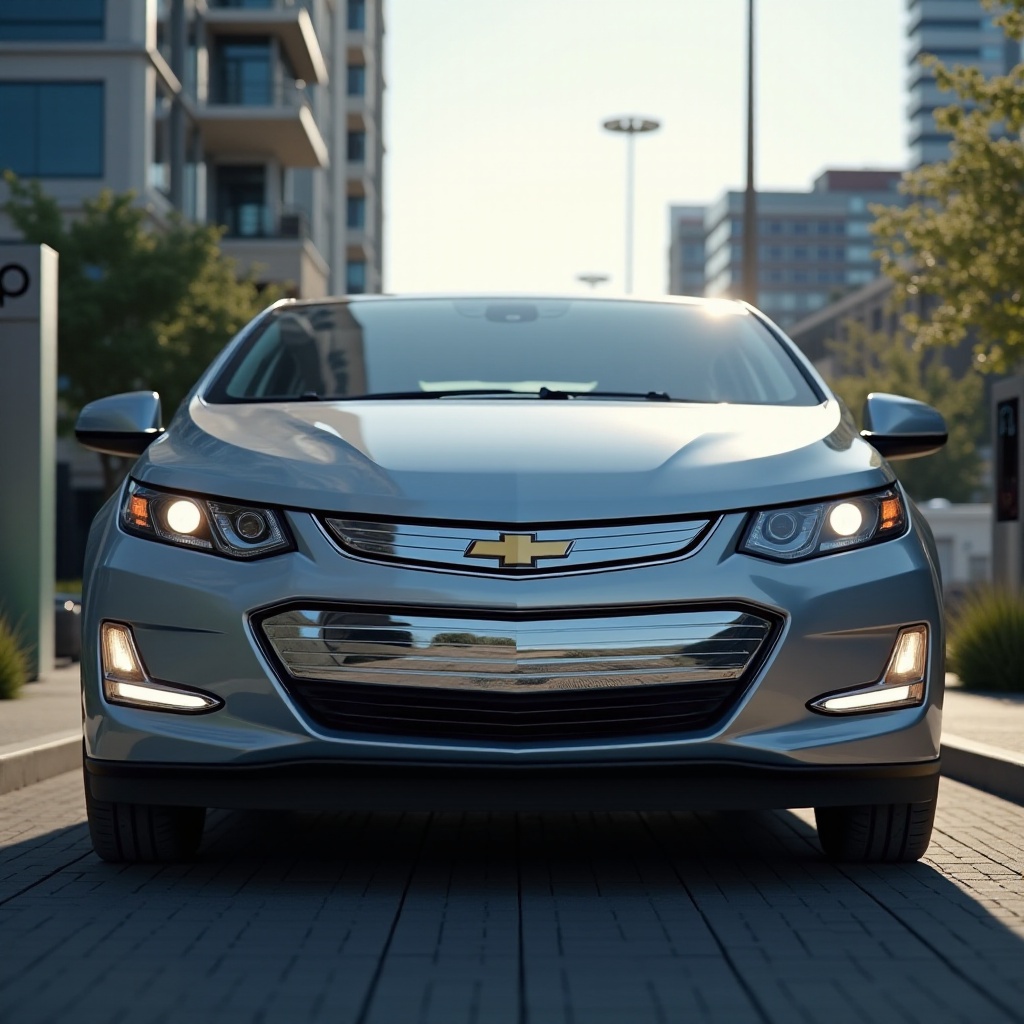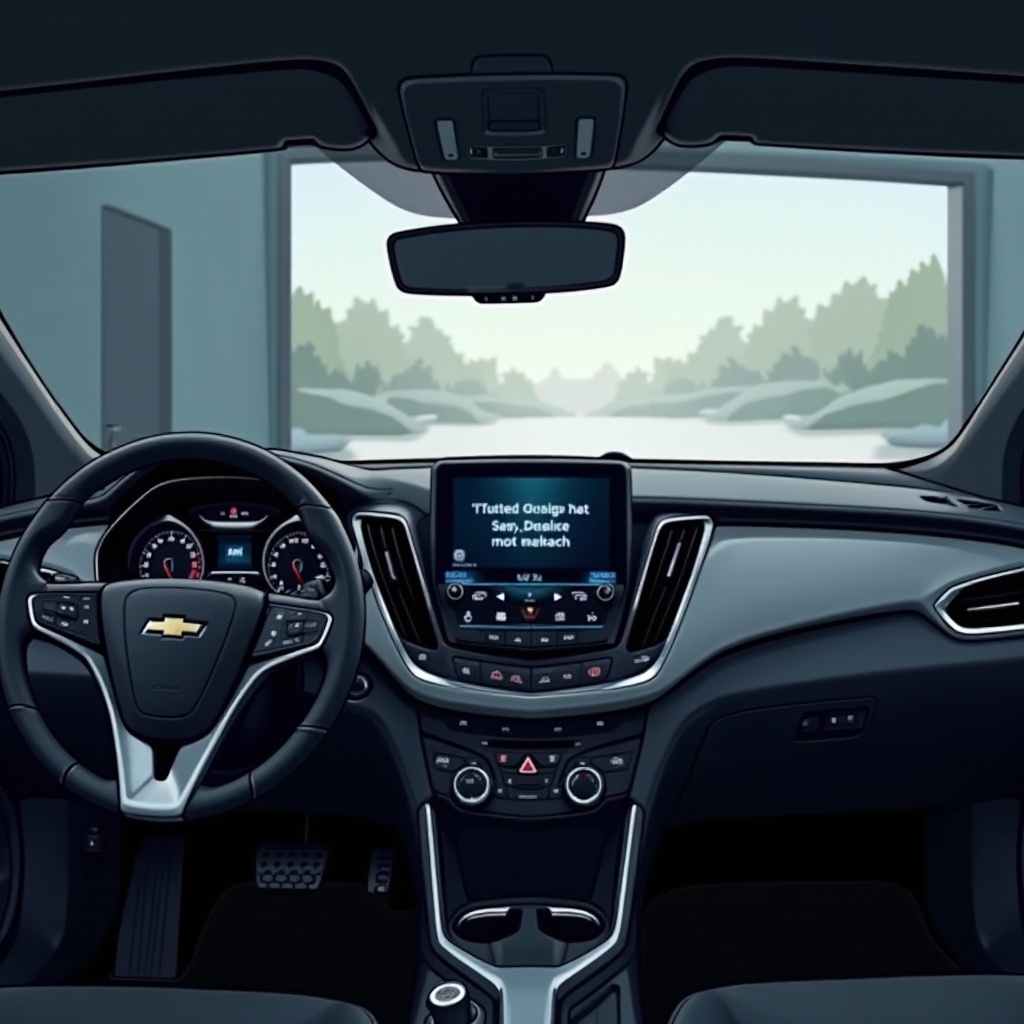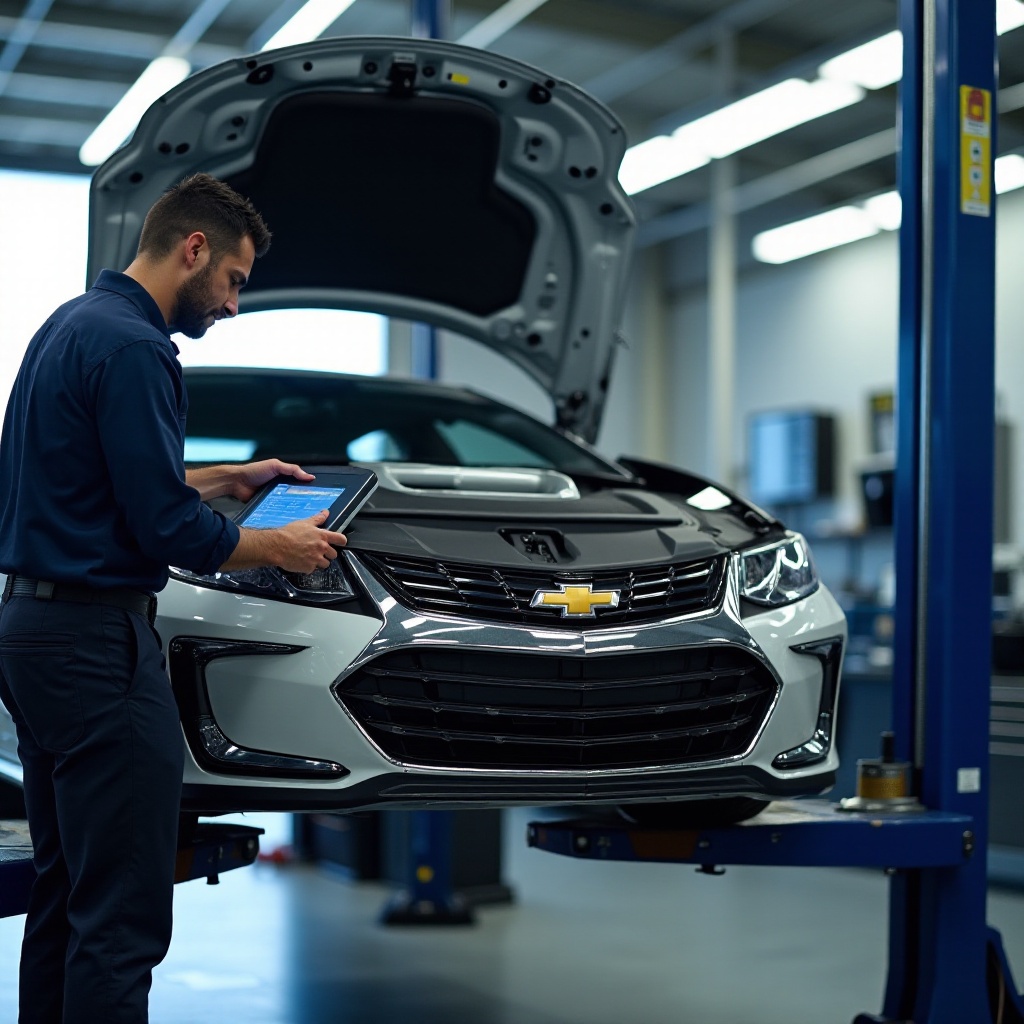Introduction
The ‘engine not available’ issue is a common problem faced by Chevy Volt owners. This hybrid vehicle is lauded for its innovative technology and fuel efficiency, making it a popular choice for environmentally conscious drivers. However, owners sometimes encounter the perplexing ‘engine not available’ warning, which can cause concern and inconvenience. This blog delves into the significance of this issue, explores its possible causes, and offers troubleshooting steps. Additionally, we will provide insights into the role of advanced technology in new energy vehicles like the Chevy Volt and share maintenance tips to help you keep your vehicle running smoothly. Let’s dive into the specifics of keeping your Chevy Volt in top shape and understanding the technology that powers it.

The Chevy Volt: An Overview
The Chevy Volt stands out as a pioneering hybrid car, blending electric propulsion with a gasoline engine to extend its range. Chevy introduced the Volt to provide a cleaner alternative to traditional internal combustion engine cars without the range anxiety associated with fully electric vehicles. The Volt features an electric motor that powers the vehicle and a gasoline engine that acts as a generator to recharge the battery when needed. This dual-propulsion setup allows drivers to enjoy the benefits of electric driving while having the backup of gasoline power for extended trips. Understanding its design and technology is essential to grasp the context of issues like the ‘engine not available’ warning.
The Engine Not Available Issue: What Does It Mean?
When the ‘engine not available’ message appears on the Chevy Volt’s dashboard, it indicates that the vehicle’s powertrain system has encountered a problem. This warning means the car’s system has detected an issue that prevents the gasoline engine from starting or providing power. Despite the frustration, the electric motor generally remains operational, allowing limited driving on battery power alone. However, not addressing the warning can lead to reduced performance and a decline in the Volt’s efficiency. To resolve the issue, you need to identify the underlying cause and take appropriate steps to fix it.
Drivers often wonder what triggers this warning and how they can quickly resolve it. Understanding these causes prepares you to handle the problem effectively, ensuring that your vehicle continues to function as intended.

Diagnosing the Problem: Possible Causes
Several factors can trigger the ‘engine not available’ warning in a Chevy Volt. Here are the most common causes:
- Battery Management Issues: The Volt relies heavily on its electrical system. If the car’s computer detects an issue with battery management, it may disable the gasoline engine.
- Fuel System Problems: Issues like a clogged fuel filter or a malfunctioning fuel pump can stop the gasoline engine from operating.
- Sensor Malfunctions: The Chevy Volt uses multiple sensors to monitor the engine and battery. A malfunctioning sensor can lead to false readings and trigger the warning.
- Software Glitches: Like all modern vehicles, the Volt’s systems are controlled by software. Bugs or glitches can sometimes cause erroneous warnings.
- Cooling System Failures: The Volt’s engine and battery require proper cooling. If the cooling system malfunctions, it can prevent the engine from running.
- Faulty Electric Drive Unit: Issues with the electric drive unit, which converts electrical energy to mechanical energy, can also cause problems.
Identifying the exact cause is crucial for effectively addressing the ‘engine not available’ issue. Proper diagnostics often involve using specialized tools or consulting with a trained mechanic.

Troubleshooting and Solutions
Once you’ve identified possible causes, it’s time to troubleshoot and implement solutions:
- Check Battery Health: Use an OBD-II scanner to check for battery management system (BMS) errors. If there are issues, the BMS may need recalibration or replacement.
- Inspect the Fuel System: Ensure that the fuel filter and pump are functioning correctly. Replacing clogged or malfunctioning components can resolve fuel-related problems.
- Replace Faulty Sensors: Faulty sensors can often be identified through diagnostic codes. Replace any sensors that are malfunctioning to restore proper operation.
- Update Software: Manufacturers often release software updates to address bugs. Check if there’s an update for your Volt’s software and apply it.
- Cooling System Maintenance: Make sure the coolant levels are adequate and that the cooling system is free from leaks. Repairs may be necessary if components are worn out.
- Professional Inspection: If the above steps do not resolve the issue, consult with a certified mechanic. They have the tools and expertise to diagnose and fix complex problems.
Following these steps can help you effectively troubleshoot and resolve the ‘engine not available’ issue, getting your vehicle back to its optimal performance.
The Role of Advanced Technology in New Energy Vehicles
New energy vehicles like the Chevy Volt represent the forefront of automotive innovation. They incorporate advanced technologies to reduce emissions and reliance on fossil fuels while offering convenience and efficiency. The Volt’s dual-propulsion system, regenerative braking, and sophisticated battery management exemplify how technology can create a greener and more efficient driving experience. However, these advanced systems also mean that proper maintenance and understanding of these technologies are crucial. Staying informed about your vehicle’s functionality can help you troubleshoot issues and keep your car running smoothly, contributing to a more sustainable future.
Maintenance Tips for the Chevy Volt and Similar Vehicles
Proper maintenance is key to preventing issues like the ‘engine not available’ warning. Here are some tips for keeping your Chevy Volt and similar vehicles in top condition:
- Regular Software Updates: Keep your vehicle’s software up-to-date to benefit from the latest fixes and improvements.
- Battery Maintenance: Regularly check the battery’s health and ensure it is properly balanced.
- Fuel System Care: Use high-quality fuel and replace the fuel filter as recommended by the manufacturer.
- Coolant System Check: Ensure coolant levels are correct and check for leaks regularly.
- Professional Inspections: Have your vehicle inspected by certified professionals at regular intervals to catch potential issues early.
Adhering to these maintenance practices can help you avoid unexpected issues and prolong the life of your vehicle.
Conclusion
Addressing the ‘engine not available’ issue in the Chevy Volt involves understanding the potential causes and following appropriate troubleshooting steps. By maintaining your vehicle and staying informed about its advanced technology, you can ensure a reliable and efficient driving experience. New energy vehicles like the Volt represent the future of automotive innovation, and proper care will help you enjoy their benefits for years to come.
Frequently Asked Questions
What common causes trigger the ‘Engine Not Available’ warning in the Chevy Volt?
Common causes include battery management issues, fuel system problems, sensor malfunctions, software glitches, cooling system failures, and faults in the electric drive unit.
How can I reset the system when ‘Engine Not Available’ appears?
To reset the system, try disconnecting the 12V battery for a few minutes and then reconnecting it. This action can sometimes clear temporary glitches.
What should I do if the problem persists after troubleshooting?
If the issue persists, seek assistance from a certified mechanic who can perform a detailed diagnostic and repair any underlying problems.
